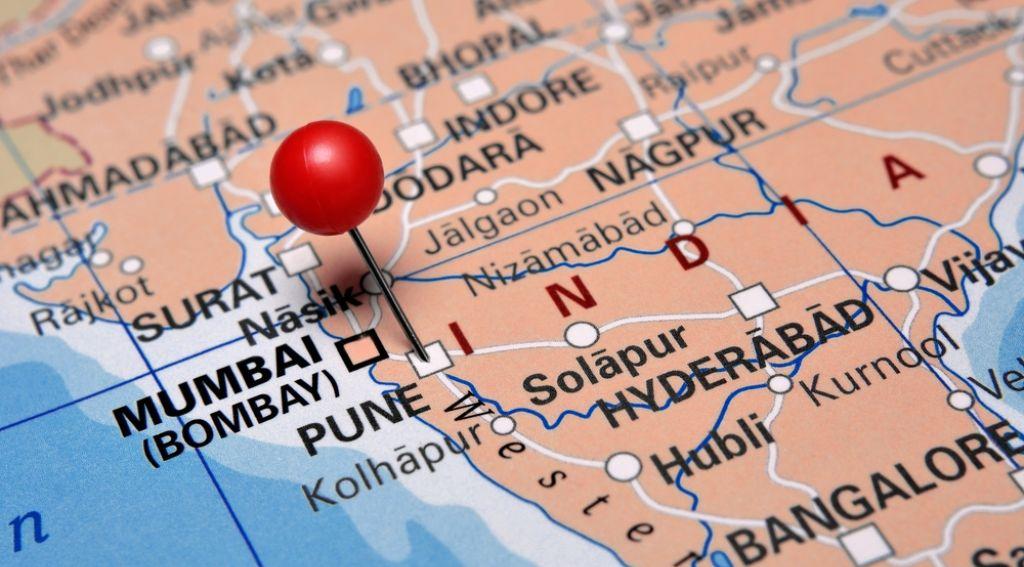
Pune is known as the Cultural Capital of Maharashtra and Queen of the Deccan, just to name a few. It’s also known as Oxford of the East, Pensioner’s Paradise and so much more! With an exciting past and a promising future, Pune is a city that you will want to take advantage of.
In modern-day India, the city of Pune is a peaceful yet historic place filled with history and culture. Every inch of this quaint city is brimming with life. The city is located on the Deccan Plateau at 559 metres above sea level. Today Pune is a flourishing metropolis with over 4 million residents living in its 400 square kilometre area. Its economy is based on industries such as textiles, steel manufacturing and chemicals – all sectors that help make Pune one of India’s most prosperous cities today!
We have discovered Pune through various zones, like culinary, events, and getaways, but now is the time to explore Pune via its history with Things2do’s guide to History of Pune – A city that has it all!
1THE NAME PUNE
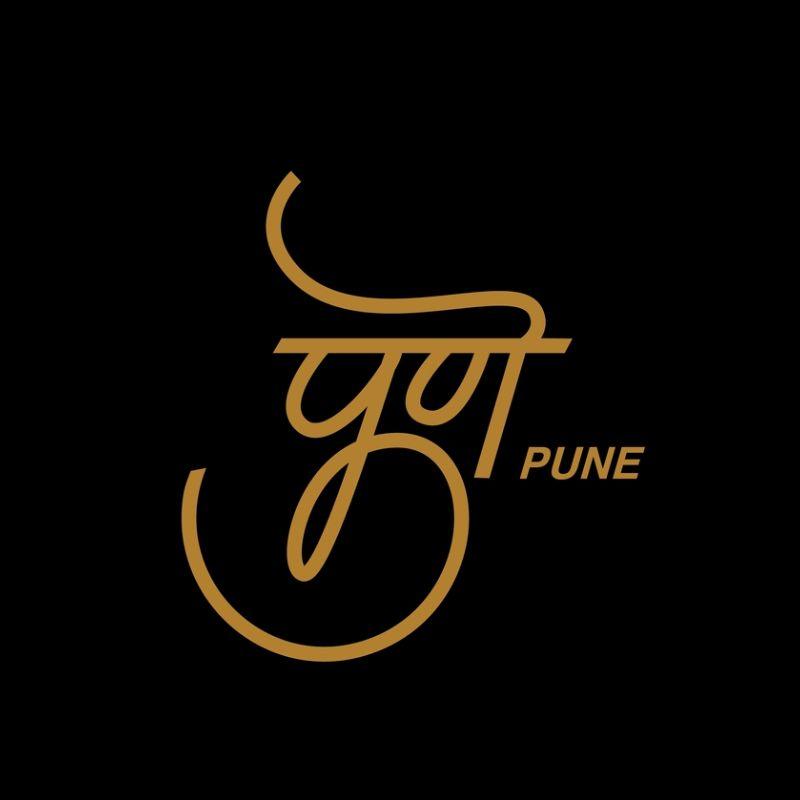
The city of Pune has seen the passage of time, and it has been through numerous name changes. The earliest trace of the city was found with copper plates dated 937 B.C.E, referring to the town as Punya Vishaya or maybe Poonak Vishaya. It was in the late 13th century that the name of the city got changed and this time it was referred to as Punawadi.
Till the year 1960, the name of the city was Poona but after that, the name officially got changed to Pune. The rulers and dynasties who ruled over Pune have been many. In fact, there have been 18 different rulers who have ruled over this area in one way or another!
2EARLY PUNE
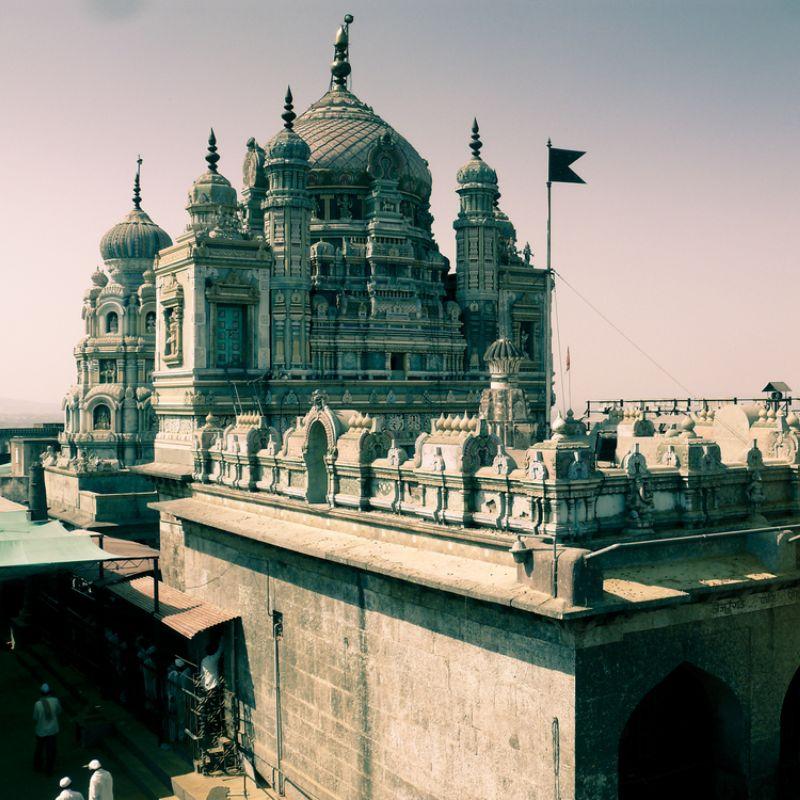
The earliest reference to Pune city can be found in copper plates dated 758 AD and 768 AD. These plates demarcate an agricultural settlement in this place which was termed Punakha. It was the time when the place was ruled by the Rashtrakuta Dynasty.
Pune has been a part of Sauna Yadavas, the Yadava Empire of Deogiri and then it was ruled by Nizamshahi Sultans till it was annexed by the Mughals.
3DEVELOPMENT OF PUNE UNDER MARATHA RULE
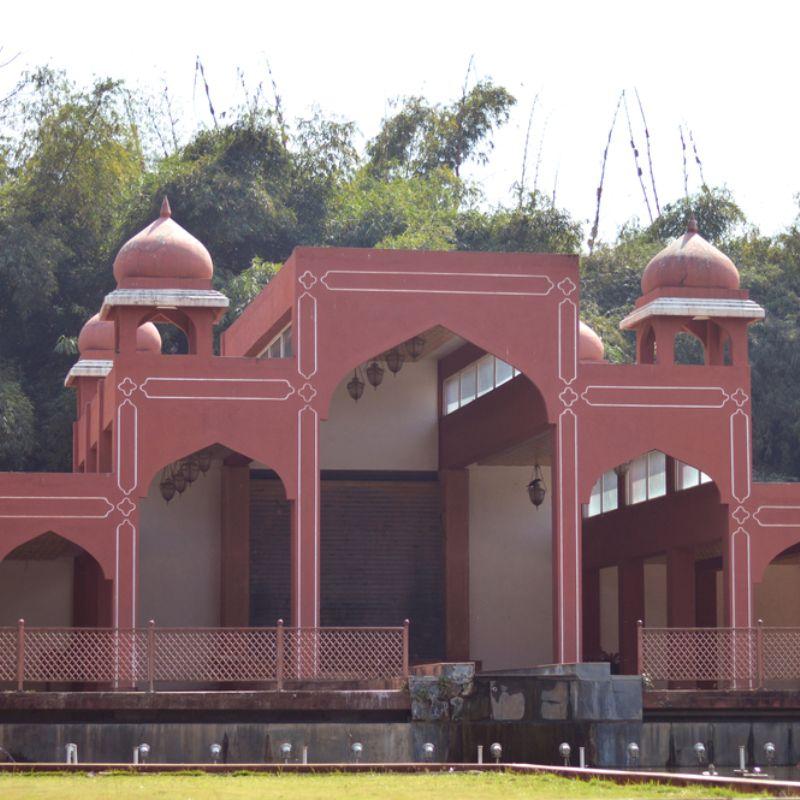
Pune is a city that has seen its fair share of development throughout its history. The first development of the city was done by Shahaji Raje Bhosle when he appointed Rango Bapuji Dhadphale as the administrator of Pune in 1626.
Various markets, business areas and residential quarters are being developed by him which includes overseeing Somwar Peth, Kasba Peth, Shaniwar Peth and Raviwar Peth. The area was hugely affected by raids conducted by the Adil Shahi Dynasty twice in the year 1630 and again between 1636 to 1647.
The place was completely destroyed but another military officer of Shahaji, Dadoji Kondadev redeveloped and constructed the site again. He regularised the revenue system in the town and also looked after the maintenance of law and order and enforcement of the same. Several disputes were resolved during this period as well.
Lal Mahal Palace was constructed where Shahaji son Shivaji stayed with his mother Jijabai and looked after Kasba Ganapati Temple. The idol of this temple is considered as ‘Gramadevata’ of Pune city.
The development of Pune did not stop here
Shivaji Raje Bhosle, the founder of the Maratha Empire, was instrumental in developing Pune. He was crowned as Chhatrapati in 1674 and he took on the task of developing Pune.
As soon as he accepted this responsibility, he worked to further develop Guruwar Peth and Ganesh Peth in the city. Dams were built in Parvati and Kondhwa regions for agricultural help.
The young men of these places were keen to help Shivaji and thus joined his army and accompanied him till 1680 when they too were captured by the Mughals. However, they were able to recapture it before the year ended
It’s a classic life-affirming escapade but with the unbeatable adrenaline rush of freefall paired with the world unfolding beneath you, it’s not hard to see why. Skydiving taps into the innate human desire to experience flight and serves as proof that life’s all about stepping out of our comfort zone.
4PUNE UNDER PESHWA RULE
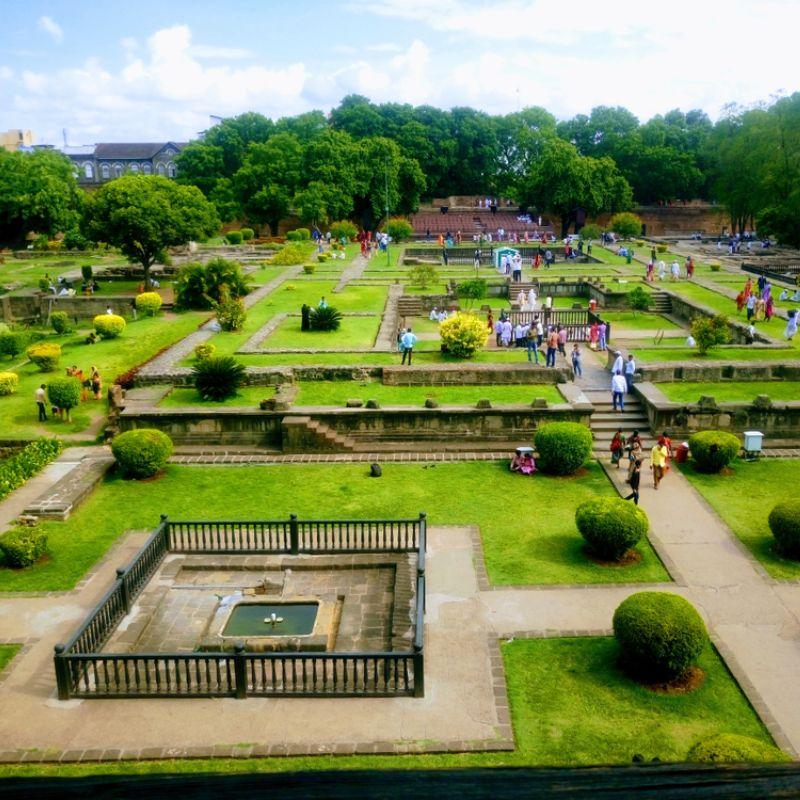
The Maratha Empire, led by Maratha ruler Shahji, appointed Baji Rao as Peshwa in 1720. As a result of this prestigious title, the development of Pune city started again with the construction of Shaniwar Wada which was completed in 1730. This created a period of immense appreciation and respect for the Peshwas.
In return, they constructed many temples, bridges and roads within the city, with notable achievements such as the underground water duct that flowed from Katraj Lake to Shaniwar Wada (built by Baji Rao Peshwa), Heera bag and Saras Bag (constructed by Nanasaheb Peshwa) and Nana Peth, Narayan Peth, Rasta Peth and Sadashiv Peth.
However, in 1761, the Battle of Panipat marked a decline in Peshwa rule which ended after The battle of Khadki near Pune resulted in a British takeover.
5PUNE UNDER BRITISH RULE
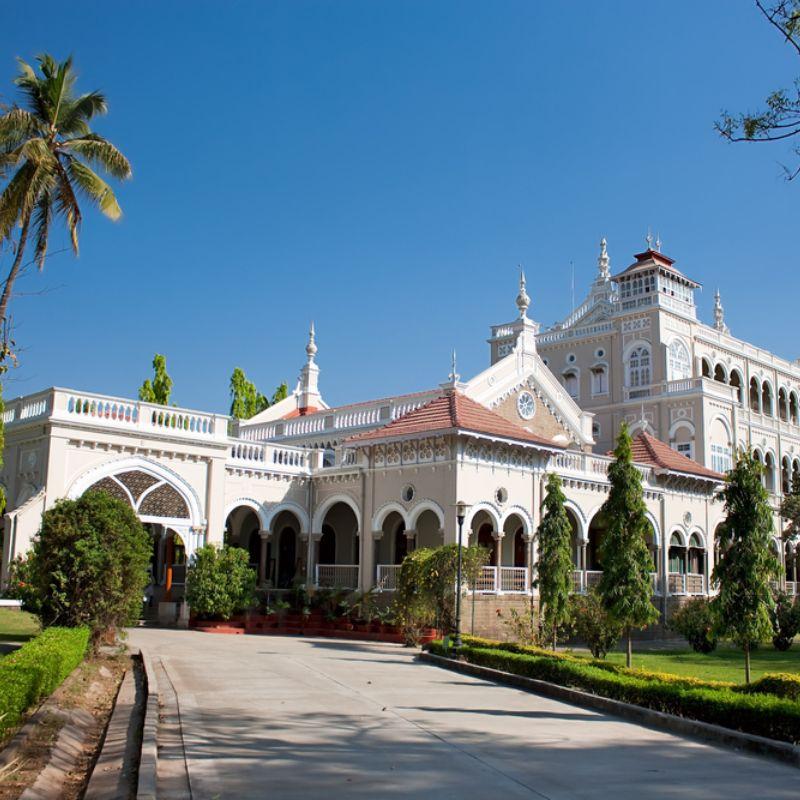
From 1720 to 1818, Pune was a major political and administrative centre of the British Raj. It became a primary base for British military campaigns against the Maratha Confederacy and acted as an intermediary between British India and other states in Central India.
With the rise of British rule, Pune experienced social and economic reforms, which modernised the city significantly, particularly during the British Raj period. Notable figures such as Bal Gangadhar Tilak, Dhondo Keshav Karve, Vitthal Ramji Shinde and Mahatma Jyotirao Phule were all born here, while Dr Raghunath Karve Vinayak Damodar Savarkar was an alumnus of Fergusson College in Pune. During the struggle for Indian independence, these people of Pune took a leading role in protests for equality, freedom and a better society.
Today Pune has it all! It is the second largest city in Maharashtra and has something to offer everyone. With its young population, it has made a name for itself as an educational and corporate hub. But that’s not all – it is also home to some of the most stunning hill stations and yet manages to retain its historic heritage. On top of that, it is the seventh most popular city in India and one of the most livable places today. Come experience what Pune has to offer and find out more of such interesting facts and things about Pune make sure to follow @things2doinpune on Instagram!